What is the Vegetable Broth?
Vegetable broth is a cooking base widely used for cooking and serving various types of recipes.
Many first courses are cooked and served in broth (pasta or rice in broth, tortellini, canederli, passatelli, egg stracciata, etc.); moreover, the broth is used to lengthen the cooking liquids of roasts in the oven, stews in fricassee or casserole etc.

Vegetable broth is a liquid, transparent drink / food with an intense amber or pale yellow color (tending to greenish or red, depending on the ingredients), with a delicate aroma of boiled vegetables and an equally mild flavor.
Vegetable broth does not contain large amounts of nutrients, which mostly affect the saline fraction (especially sodium And potassium) and some natural dyes (e.g. i carotenoids); depending on the vegetables used in the formula, even a few may remain dissolved in water carbohydrates simple (fructose) or semi complex (malto-dextrins).
If commercial (in cube, powder or granular, in brick, in thickened single portions, etc.), the vegetable broth can show more or less high levels of food additives (eg. sodium glutamate).
The “homemade” vegetable broth is produced only with vegetables and water.
Homemade Vegetable Broth
Homemade vegetable broth is certainly not one of the most complex recipes. It is necessary to keep in mind only a few tricks and "do not be in a hurry" during the preparation. To be honest, compared to meat or fish, the preparation of vegetable broth requires much shorter time; this is due to the fact that the tissues of vegetables are much more sensitive to heat treatment than the muscular, connective and bone tissues of animals.
In addition to water, the basic ingredients of vegetable broth are only three: celery, carrot and onion, in the ratio 2: 2: 1. Many others also use zucchini, tomatoes and potatoes, as well as various aromatic herbs and spices, among which mainly : fresh parsley, fresh bay leaf, garlic and peppercorns. If the vegetable broth is intended to act as a cooking liquid, it should be slightly salted; on the contrary, if it will simply constitute a basis of hydration, it is advisable to leave it completely insipid .
The procedure is rather trivial; we specify immediately that, being a broth, the vegetables must be cut into pieces and cooked in "cold water". This "play on words" simply indicates that, at the time of dipping the vegetables, the temperature of the liquid should be "ambient". By cooking in cold water, a greater perfusion of nutrients is obtained in the broth, that is the edible portion of the recipe itself; on the contrary, to cook the "boiled or boiled vegetables" the opposite principle should be respected, that is to dip them whole in "hot water" (at maximum boiling, to limit the dispersion of the aforementioned molecules).
NB. In "bleaching" or "bleaching", the temperature of the water is the same as that of boiled or boiled vegetables, with the difference that the ingredients are already cut into their final shape and undergo the action of heat for a very short time.
Vegetable Broth - All the Tricks to Prepare It
Problems with playing the video? Reload the video from youtube.
- Go to the Video Page
- Go to the Video Recipes Section
- Watch the video on youtube
Processing of ingredients
The vegetables in the vegetable broth must be processed differently from each other. They must all be washed, cleaned and cut; the smaller the pieces, the shorter the cooking time and the greater the turbidity. On the other hand, the ingredients require a fairly specific husking:
- Celery: the green one is better; it is necessary that it is deprived of the leaves (slightly bitter) and of the extremity on which the roots begin.
- Carrots: must be peeled (the outer portion is slightly bitter) and deprived of the end on which the tuft begins.
- Onion: better white or yellow; it must be peeled and deprived of the two ends.
NB. Some use to burn pieces of onion in a pan and add them to the broth to give it a pleasant amber shade; this is NOT to be considered a healthy practice, due to the production of various toxic molecules in the Maillard reaction.
- Zucchini: must be deprived of both ends.
- Tomatoes: the copper variety is generally used but i San Marzano; some peel them and leave them whole. They can also be left with the peel and cut into 4 wedges, as this separates automatically during cooking.
- Potatoes: of any size; they must be peeled and cleaned in order to eliminate all traces of shoots (these parts contain traces of solanine, a harmful molecule).
- Parsley: unlike celery, only the leaves are used. Better to add it at the end of cooking, with the heat off.
- Laurel: large leaves are preferred. Some suggest using several in a few liters of water. As for me, I suggest using only one and cutting it into three parts. Better to add them at the end of cooking, with the heat off.
- Garlic: some suggest combining it with the other ingredients and leaving it "poached" (with the peel); personally, I prefer to add it cut in half, without peel, and at the end of cooking with the fire off.
- Pepper in grains: using the black one, it can be added slightly mashed, at the end of cooking and with the fire off; preferring green pepper, I suggest crushing it with a pestle and adding it at the beginning of the preparation together with the vegetables.
The ingredients to be added at the end of cooking, with the fire off, should be left in the pot for about 15-30 "; in this way they have time to give their characteristics to the broth and allow the suspension of the liquid to settle.
The procedure for the preparation of the vegetable broth could therefore be summarized as follows:
- wash and clean the vegetables (even those to be added at the end);
- fill a saucepan or pot 3/4 full of water;
- throw the ingredients;
- cover with a lid and put on the fire at low flame;
- let it simmer (NOT boil) about 60 ";
- pull off the heat, add the last ingredients and leave to rest for 15-30 ";
- filter and add salt if necessary.
Commercial Vegetable Broth
Commercial vegetable broth (as well as meat and fish broth) is distributed in various formats, including: bouillon cube, powder or granular broth, single-portion gelled / thickened broth, liquid broth in brick, etc.
Commercial vegetable broth is considered a poor quality product, due to the massive presence of sodium glutamate (flavor enhancer additive) or ingredients that contain it (a method that has allowed consumers to be deceived by inserting the words: "without glutamate of added sodium "). The other ingredients of the commercial vegetable broth are: vegetables, extracts, seasoning fats, flavorings and other additives such as preservatives.
Being an additive, sodium glutamate is rather feared by most users; in reality, it is the sodium salt of an amino acid (normal constituent of proteins) glutamic acid. Obviously, its massive presence contributes to dramatically increase the amount of sodium in the diet, an undesirable nutritional aspect especially for those suffering from primary arterial hypertension and discomfort of the gastric mucosa.
By itself, sodium glutamate is not a particularly harmful element, although for a long period of time it has been held responsible for the "onset of some unwanted symptoms enclosed under the term" Chinese restaurant syndrome "(most likely referring to reactions histamines or allergic to peanuts, crustaceans, etc.).
However, it is possible to produce vegetable broth at home and store it; some systems are: under glass in liquid and sterilized form, frozen liquid in bags, single-portion frozen liquid in cubes, in the form of cube, in cream sterilized under glass, etc.
For more information, see Alice's recipe: Preparation of Vegetable Nut in Cream.
Other Foods - Vegetables Garlic Agretti Asparagus Basil Beets Borage Broccoli Capers Artichokes Carrots Catalonia Brussels sprouts Cauliflower Cabbage and Savoy cabbage Red cabbage Cucumber Chicory Turnip greens Onion Sauerkraut Watercress Edamame Chives Chanterelles Flour Cassava Flowers Pumpkin Flour Edible Flowers Pumpkin Seasonal Fruits and Vegetables Endive Salads and Salads Strengthening Salad Lettuce Aubergines Vegetables Nettle Pak-Choi Parsnip Potatoes American Potato Peppers Pinzimonio Tomatoes Leeks Parsley Radicchio Turnips Red Turnips Radishes Rocket Shallots Endive Celery Celeriac Seeds Sprouted Spinach Truffle Valianamberi or Jerusalem artichoke laxatives Saffron Pumpkin Zucchini Vegetables - Nutritional properties OTHER VEGETABLE ITEMS Categories Food Alcoholics Meat Cereals and derivatives Sweeteners Sweets Offal Fruit Dried fruit Milk and derivatives Legumes Oils and fats Fish and fishery products Cold cuts S pezie Vegetables Health recipes Appetizers Bread, Pizza and Brioche First courses Second courses Vegetables and Salads Sweets and Desserts Ice creams and sorbets Syrups, liqueurs and grappa Basic preparations ---- In the kitchen with leftovers Carnival recipes Christmas recipes Light diet recipes Women's Day, Mum, Dad Recipes Functional Recipes International Recipes Easter Recipes Recipes for Celiacs Recipes for Diabetics Recipes for Holidays Recipes for Valentine's Day Recipes for Vegetarians Protein Recipes Regional Recipes Vegan Recipes

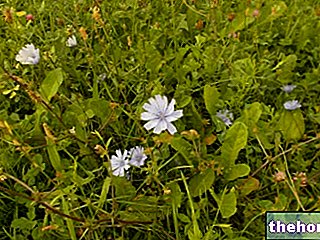
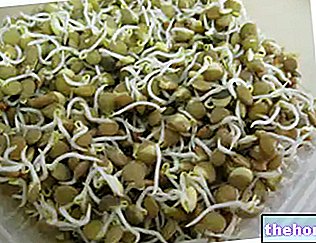
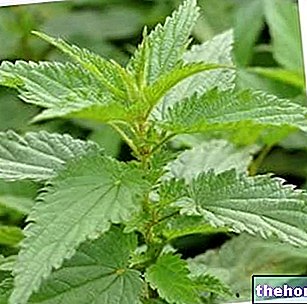
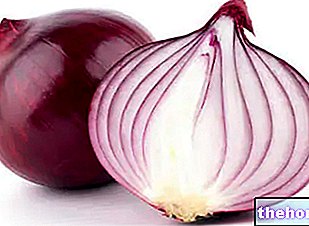
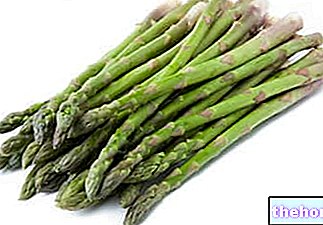













-nelle-carni-di-maiale.jpg)








